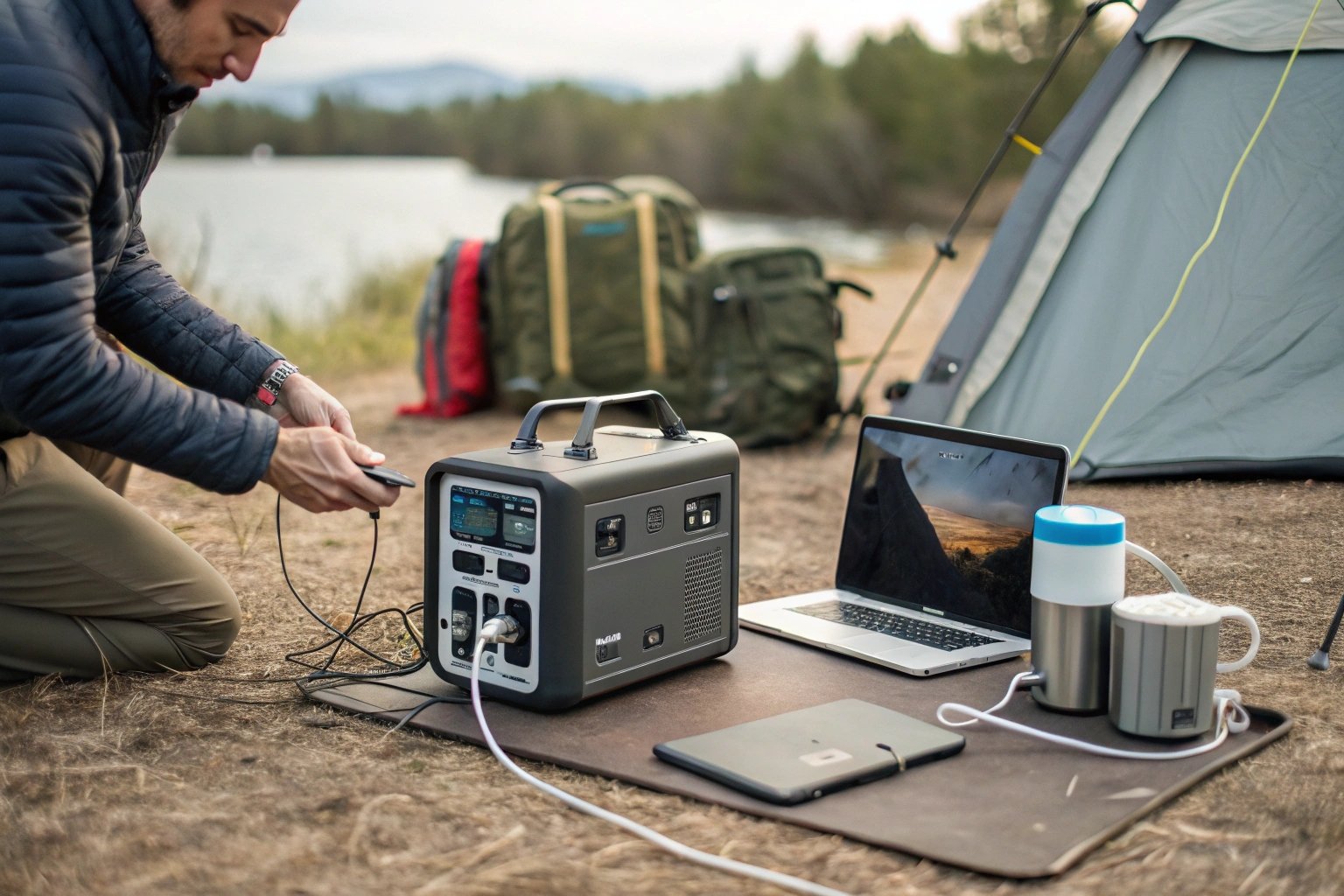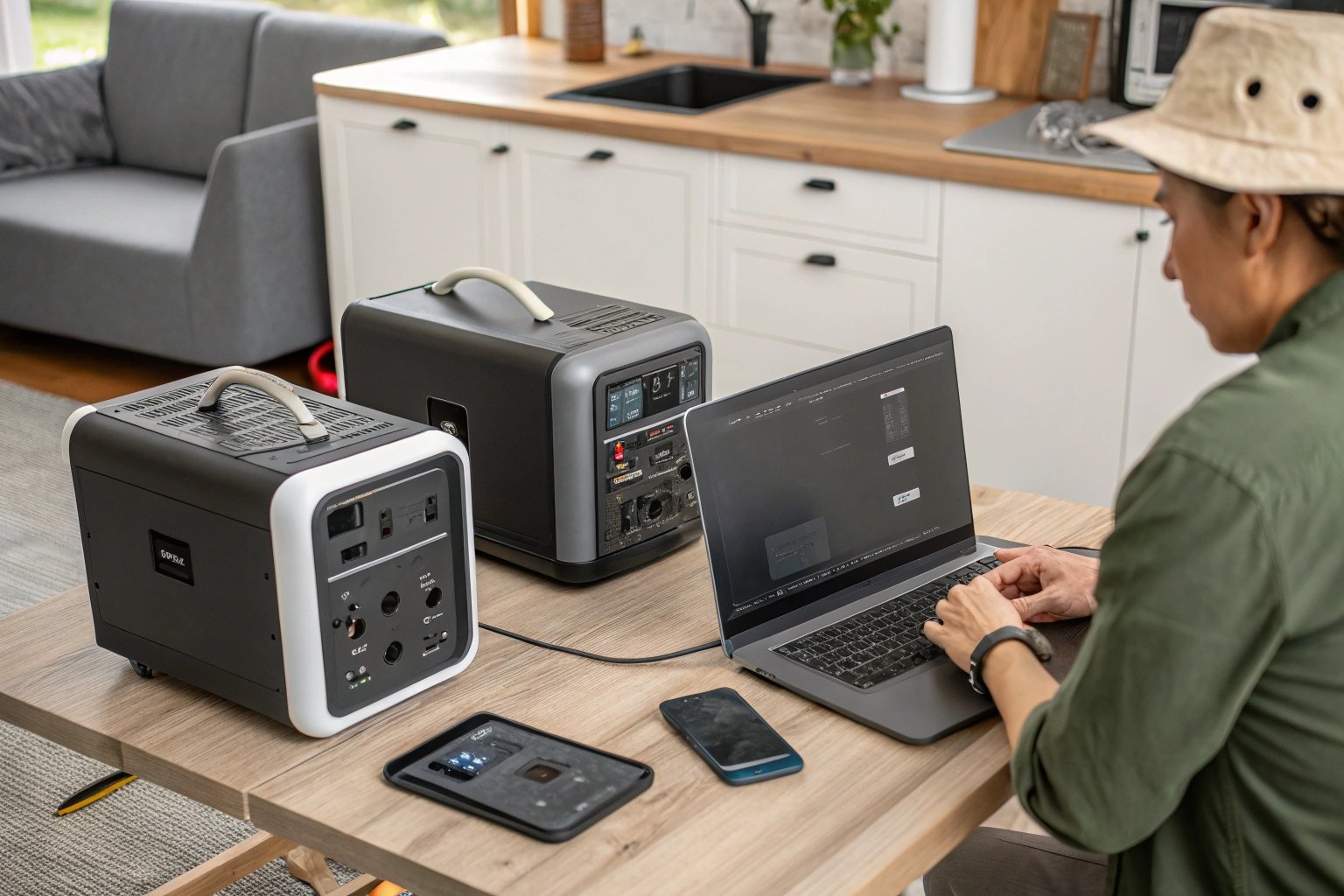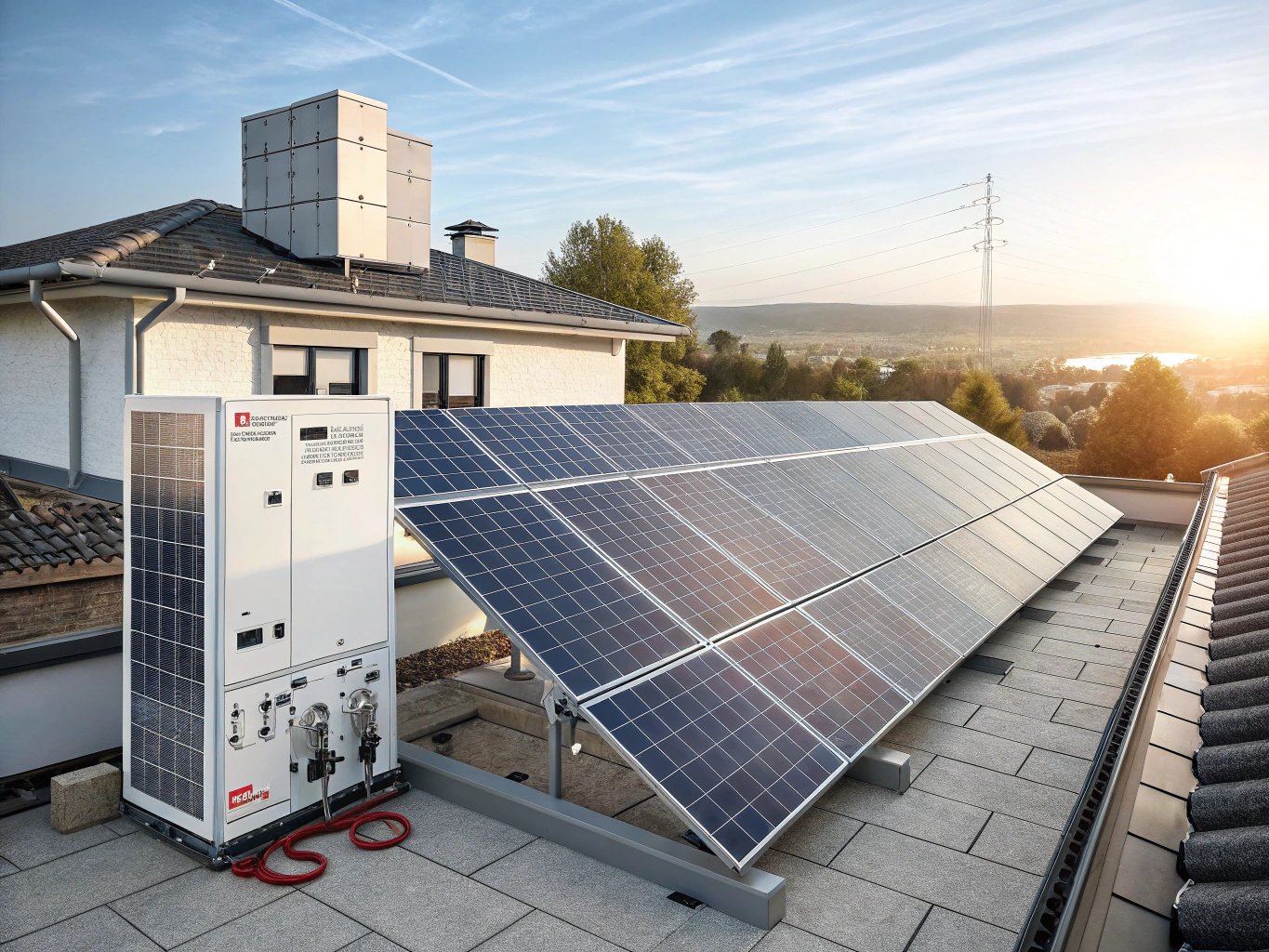
Solar panels harness the energy of the sun to produce electricity by converting sunlight into electrical power. This is achieved through the photovoltaic (PV) effect, where sunlight strikes the solar cells within the panel, generating an electric current. Understanding how solar panels generate electricity can help you appreciate their growing role in sustainable energy production. In this article, we will explain the science behind solar panels, their components, and how they convert sunlight into usable energy.
Solar panels generate electricity by harnessing sunlight through photovoltaic (PV) cells, which convert solar energy into electrical power. These cells absorb sunlight and generate direct current (DC) electricity through the photovoltaic effect. Since most household and commercial appliances operate on alternating current (AC), an inverter is used to convert the DC power into AC, making it suitable for practical use. Solar energy systems can be integrated with battery storage for backup power or connected to the grid for enhanced efficiency. This renewable energy solution offers a sustainable and cost-effective way to reduce reliance on fossil fuels while lowering electricity costs..
Whether you are considering installing solar panels for your home or curious about their function, understanding how solar panels work is essential. Keep reading to explore the process of solar power generation and how it can benefit you.
✖
Solar panels can generate electricity even on cloudy days, though their efficiency is reduced. They still capture diffused sunlight to produce energy.
✔
Solar panels produce direct current (DC) electricity, which is then converted into alternating current (AC) electricity through an inverter for household use.
What Are Solar Panels?
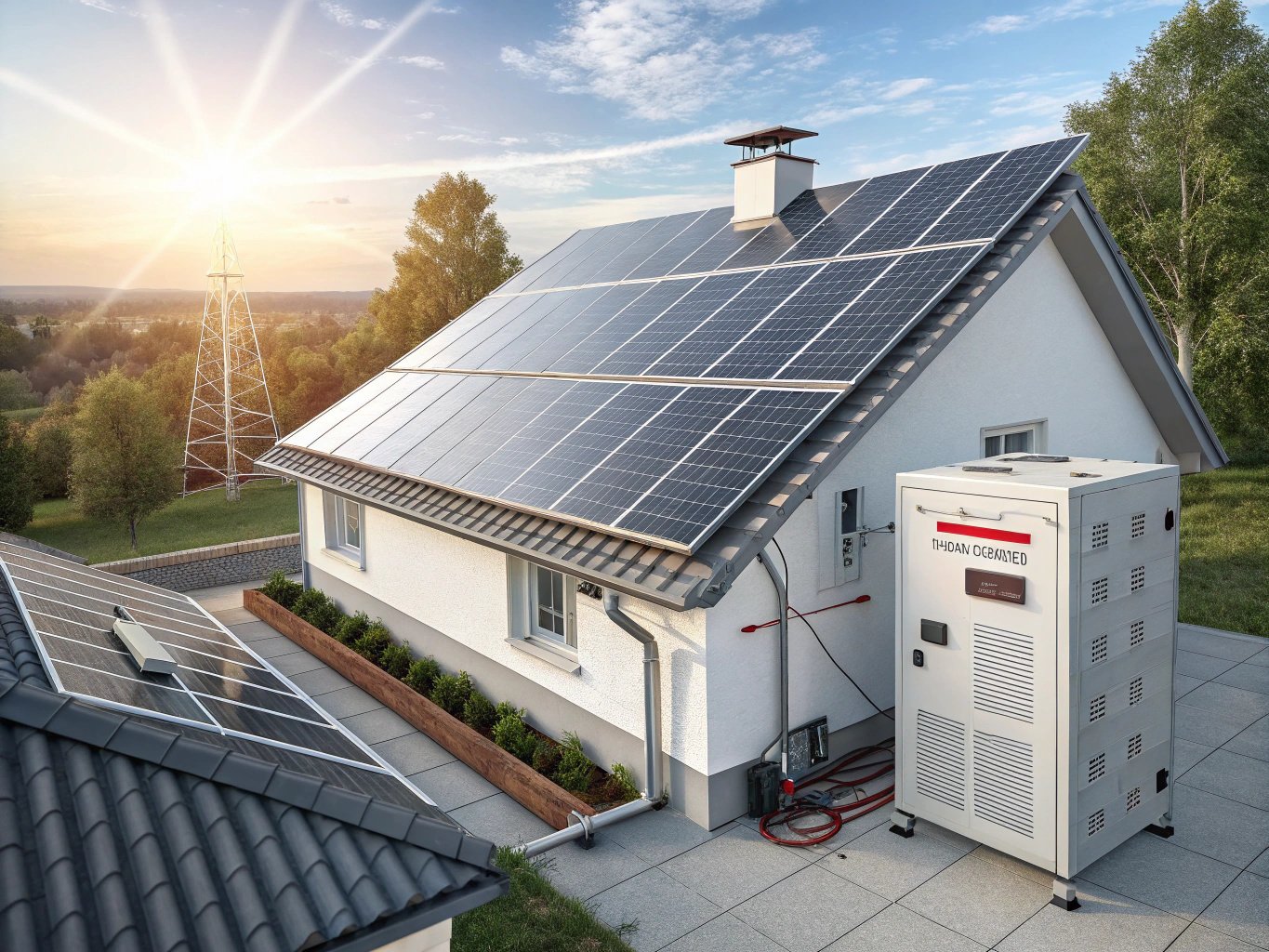
Solar panels are devices that capture and convert sunlight into electricity. They consist of multiple solar cells made of semiconductors, usually silicon, that generate electricity when exposed to sunlight. These cells are wired together to form a solar panel, which is then installed on rooftops or other exposed surfaces to absorb sunlight. Solar panels are commonly used in residential, commercial, and industrial applications to provide renewable energy.
The primary function of a solar panel is to harness sunlight and convert it into usable electricity. The conversion process is achieved through the photovoltaic effect, a phenomenon where light energy is absorbed by semiconductor materials, generating an electrical current.
✖
Solar panels are primarily made from silicon, a semiconductor material. While organic solar cells are being researched, the majority of commercially available solar panels use silicon.
✔
Solar panels can still generate electricity when the sun is not directly overhead, as long as there is sufficient light. Their performance is just optimized when sunlight is direct.
How Do Solar Panels Work?
Solar panels generate electricity through a process known as the photovoltaic (PV) effect. When sunlight hits the solar cells in a panel, it excites the electrons in the material, causing them to move. This movement of electrons creates an electric current. The current generated is direct current (DC), but most household appliances run on alternating current (AC). Therefore, an inverter is used to convert the DC into AC, making the electricity usable for your home or business.
The entire process begins when sunlight strikes the solar cells, which are made from semiconductor materials like silicon. These materials have special properties that allow them to absorb light and free electrons from their atoms. The freed electrons then move through the material, generating an electric current. The electricity produced is then transported through wires to an inverter, where it is converted into AC power.
✔
Solar panels generate direct current (DC) electricity, which is then converted into alternating current (AC) using an inverter for household use.
✖
Inverters are necessary for converting DC electricity from solar panels into AC electricity, which is what most household appliances require.
The Components of a Solar Panel
A solar panel consists of several key components that work together to generate electricity:
-
Photovoltaic Cells
These are the main components that convert sunlight into electricity. Photovoltaic cells are made of semiconductor materials like silicon. The more cells in a panel, the greater its power output. -
Glass Covering
The glass covering protects the photovoltaic cells from the elements, such as rain, dust, and debris. It also allows sunlight to pass through and reach the solar cells. -
Frame
The frame holds the solar panel together and provides structural support. It is typically made of durable materials like aluminum to withstand weather conditions. -
Wiring
Wiring is used to connect the individual cells within the panel and to connect the panel to the rest of the solar system, including the inverter and battery storage. -
Inverter
The inverter converts the DC electricity generated by the solar panels into AC electricity, which is used by most household appliances.
✖
While silicon is the most commonly used semiconductor in solar panels, there are other types of materials, such as cadmium telluride and copper indium gallium selenide, that can also be used in solar cells.
✖
Not all solar panels come with an integrated inverter. Inverters can be purchased separately and are typically installed with the solar power system.
How Solar Power Is Used
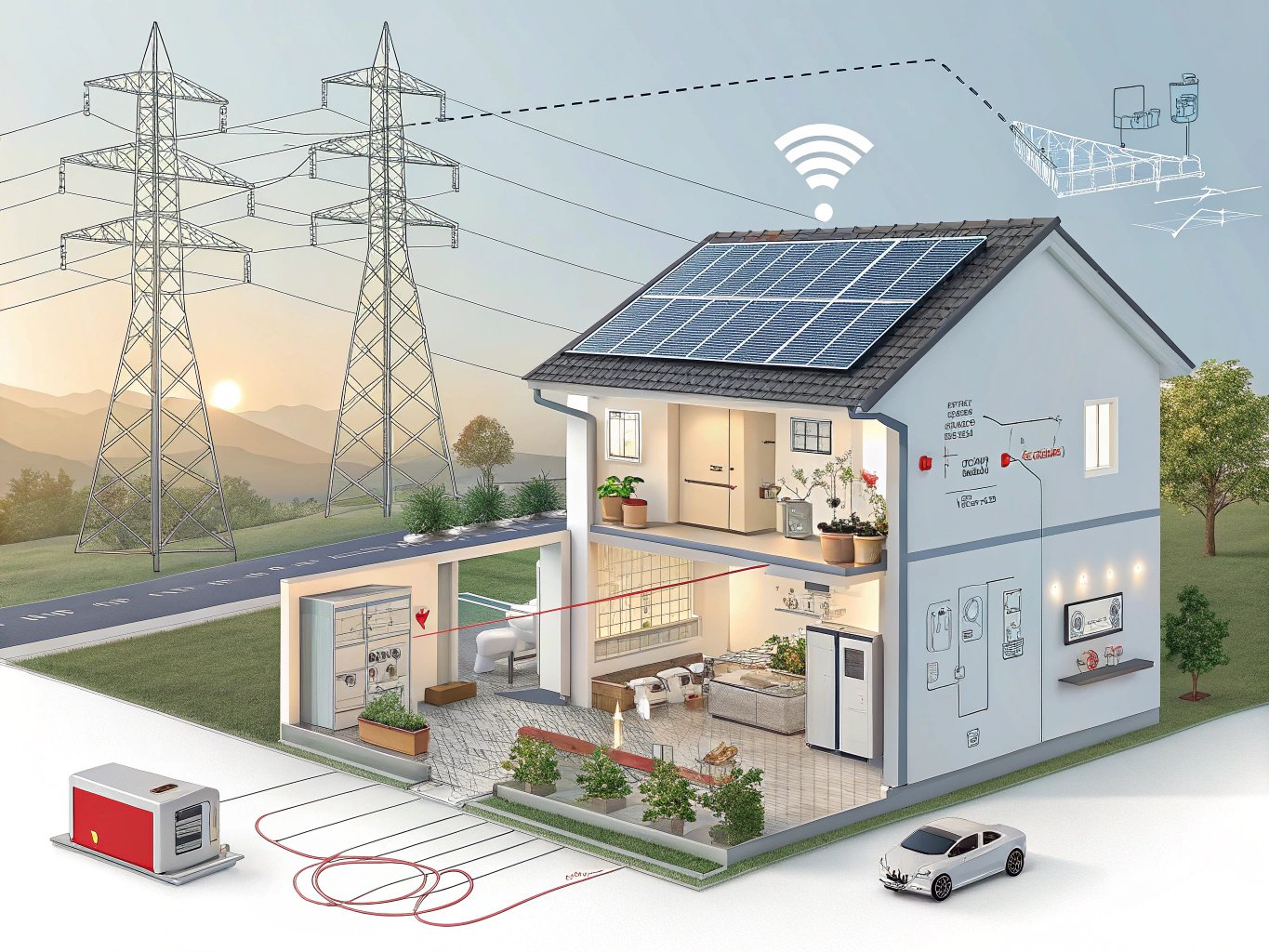
Once the solar panels generate electricity, the energy can be used in a variety of ways:
-
Powering Homes and Businesses
The AC electricity generated by the solar panels is used to power lights, appliances, and other electrical devices in homes and businesses. Any excess electricity that is not immediately used can be stored in batteries or sent to the grid. -
Grid-Tied Systems
In a grid-tied solar system, excess electricity is sent to the grid. This allows homeowners or businesses to earn credits for the electricity they contribute, reducing their utility bills. -
Off-Grid Systems
In remote areas, solar panels can be part of an off-grid system, where energy is stored in batteries for later use. This is especially useful in areas with no access to the electricity grid. -
Solar Battery Storage
For individuals or businesses who want to store excess energy, solar battery storage systems are available. These batteries allow you to save energy during the day for use at night or during periods of low sunlight.
✔
Excess solar electricity can be stored in batteries for later use, providing an additional layer of energy security for homeowners or businesses.
✖
Solar panels can power entire homes or businesses, depending on the system's size. They can support all household appliances and more when the system is appropriately sized.
Advantages of Solar Energy
Solar energy offers numerous benefits:
-
Renewable Energy Source
Solar energy is a renewable resource, meaning it will never run out as long as the sun exists. It is an environmentally friendly alternative to fossil fuels, helping reduce carbon emissions. -
Cost Savings
Once installed, solar panels can significantly reduce electricity bills. In many areas, governments offer incentives and rebates to make solar installation more affordable. -
Low Maintenance
Solar panels require very little maintenance, primarily cleaning the panels to remove dust and dirt. With proper installation, they can last for decades. -
Energy Independence
By generating your own electricity, you can reduce dependence on traditional energy providers and protect yourself from rising energy costs.
✔
Solar panels generate clean, renewable energy, which reduces dependence on fossil fuels and helps combat climate change.
✖
While solar energy can save money over time, the initial installation cost of solar panels can be high. The savings depend on factors like location, energy usage, and available incentives.
Conclusion
Solar panels are an efficient and sustainable way to generate electricity, using sunlight as a renewable source of energy. Through the photovoltaic effect, solar panels convert sunlight into usable electricity, which can power homes, businesses, and more. With the growing focus on renewable energy and environmental protection, solar panels are becoming an increasingly popular choice for those looking to reduce their carbon footprint and energy bills. Understanding how solar panels work helps individuals make informed decisions about adopting this technology for their homes or businesses.

